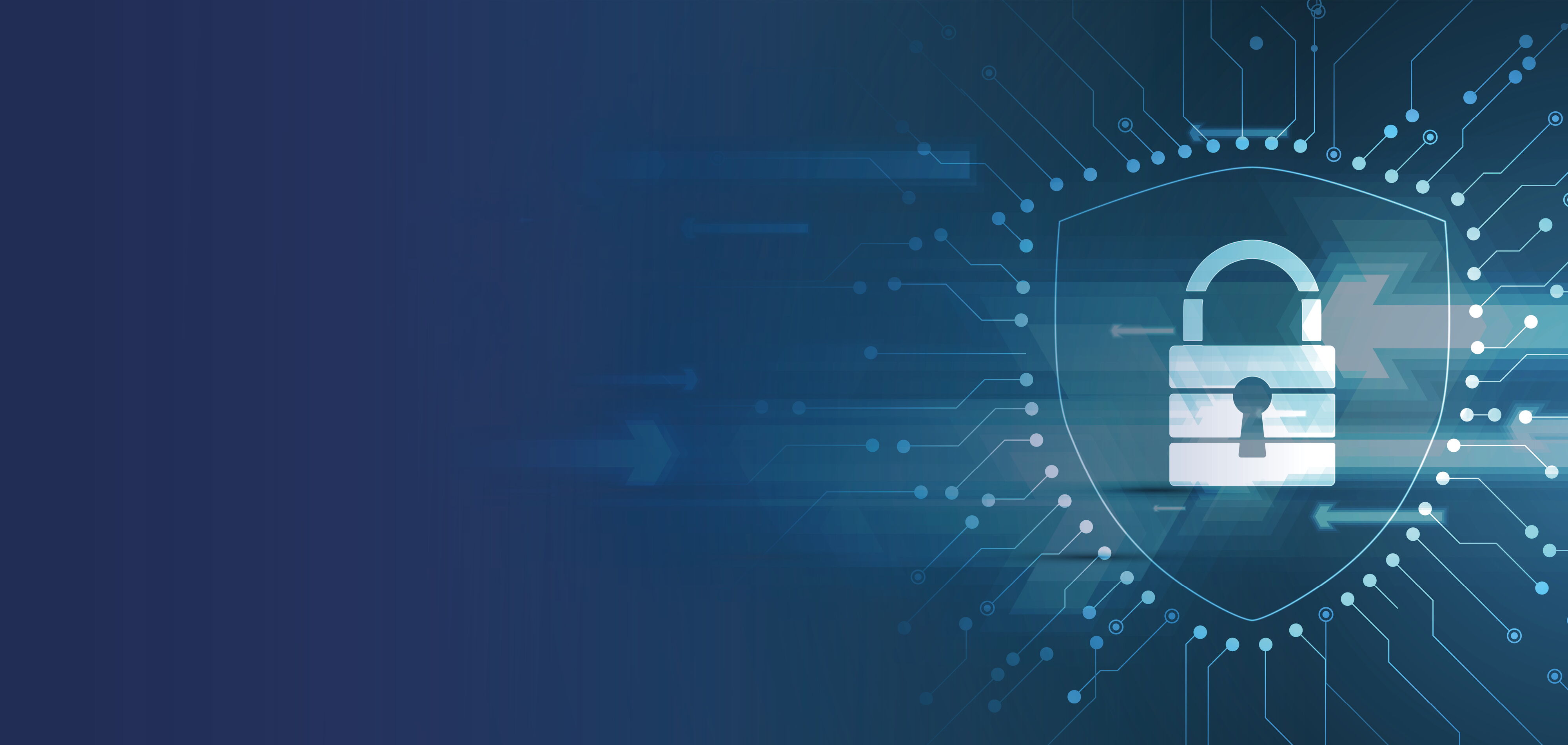
Cybersecurity Awareness Month: Cybersecurity Begins With Documentation
/ Reading time: about 4 minutes
October marks Cybersecurity Awareness Month, a time when organizations worldwide reflect on how to safeguard their IT, datacenter, and network environments against evolving threats. While much attention is rightly given to firewalls, endpoint detection, or identity management, one essential element is often underestimated: the accuracy and completeness of infrastructure documentation.
FNT views documentation not as a static record, but as a digital twin of the entire infrastructure—continuously updated, highly detailed, and interconnected. This living model forms the foundation upon which all cybersecurity solutions can operate more effectively.
Documentation as the Starting Point for Cybersecurity
Every cybersecurity initiative, from vulnerability scanning to incident response, depends on knowing exactly what exists in the environment. Blind spots create risk. Without reliable data, even the best security tools cannot deliver their full value.
A digital twin of infrastructure provides:
- Accurate asset visibility: What devices, servers, and network elements are present, and where?
- Dependency awareness: How systems, applications, and services are connected.
Lifecycle context: Which assets are in production, which are decommissioned, and which are pending upgrades. - Organizational mapping: Who owns what, which contracts apply, and which teams are responsible.
This context transforms cybersecurity from guesswork into informed decision-making.
FAQ: How Does This Support Cybersecurity?
How does this contribute to my cybersecurity?
By eliminating blind spots. Security teams always know the exact scope of assets, their configurations, and their dependencies—making it easier to contain threats, enforce policies, and respond rapidly when incidents occur.
How does the documentation feed into cybersecurity tools?
Accurate infrastructure data complements solutions like Splunk (SIEM), Microsoft Defender (XDR), or Palo Alto Networks (next-generation firewall). These tools rely on authoritative inventory and configuration data to prioritize alerts, correlate events, and enforce segmentation policies.
What are example scenarios?
- Identity & Access Management (IAM): Privileged Access Management tools like CyberArk or Okta enforce least privilege more effectively when fed with authoritative device and application data from the digital twin.
- Zero Trust & Microsegmentation: Solutions such as Illumio or Zscaler depend on clear knowledge of workloads and connections. Dependency maps from the infrastructure twin make it possible to design segmentation policies without breaking business services.
- SIEM & Threat Detection: Splunk or QRadar correlates events more accurately when enriched with asset role, patch status, and lifecycle phase. This reduces false positives and speeds investigation.
- Vulnerability Management: Tenable or Qualys scans can be cross-checked against the authoritative device list to ensure full coverage, highlighting unscanned or shadow assets.
- Backup & Recovery: Platforms like Rubrik or Veeam rely on trustworthy infrastructure documentation to verify that all critical systems are included in protection plans and to test recovery dependencies in advance.
- Cloud Security (CSPM/CNAPP): Wiz or Prisma Cloud gain additional context when infrastructure records are unified across hybrid environments, ensuring policies extend consistently from datacenter to cloud.
These scenarios demonstrate how comprehensive documentation elevates cybersecurity from a collection of tools to an orchestrated defense strategy.
Supporting Compliance and Resilience
Regulations such as NIS2, DORA, and ISO 27001 increasingly demand proof of resilience, not just policies on paper. A digital twin provides the evidence: showing auditors that every asset is documented, every dependency is mapped, and every change is tracked.
This ability to demonstrate control readiness transforms compliance from a reactive obligation into an ongoing, proactive process. It also equips organizations to plan and simulate disruption scenarios—whether cyberattacks, outages, or supplier failures—before they occur.
The Organizational Benefits
When used in conjunction with cybersecurity solutions, FNT’s approach delivers clear business outcomes:
- Improved Risk Reduction: By closing visibility gaps, organizations reduce the likelihood of unmanaged assets becoming entry points for attackers.
- Accelerated Incident Response: Dependency data enables faster impact analysis, allowing teams to isolate problems without interrupting critical services.
- Stronger Compliance Readiness: Up-to-date documentation simplifies audits and demonstrates resilience in line with NIS2, DORA, and ISO expectations.
- Optimized Security Investments: By feeding precise data into existing tools, organizations maximize the return on security technology spend.
- Resilient Operations: Reliable recovery planning ensures that, even in the face of ransomware or other disruptions, business continuity can be maintained.
Conclusion
Cybersecurity Awareness Month reminds us that technology defenses are only as strong as the data they are built on. The digital twin of IT, datacenter, and network infrastructure ensures that all other security solutions—identity, monitoring, detection, or recovery—operate with full context and precision.
By integrating trusted documentation with cybersecurity practices, organizations not only strengthen their defenses but also gain resilience, compliance confidence, and operational clarity.
----------------------------
Contact us to learn how reliable infrastructure documentation can enhance your cybersecurity strategy.



